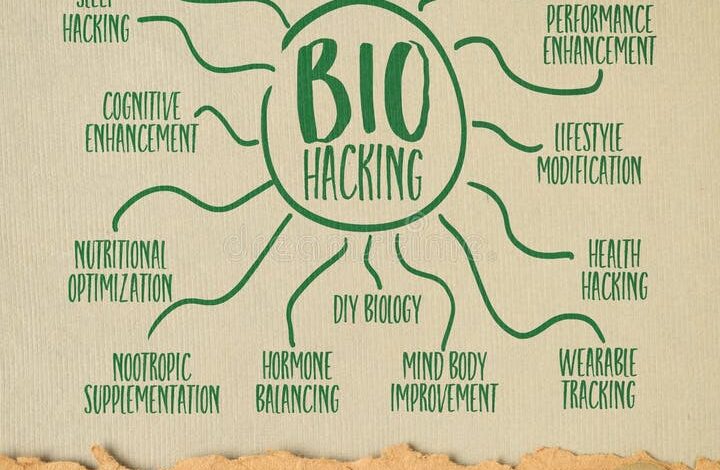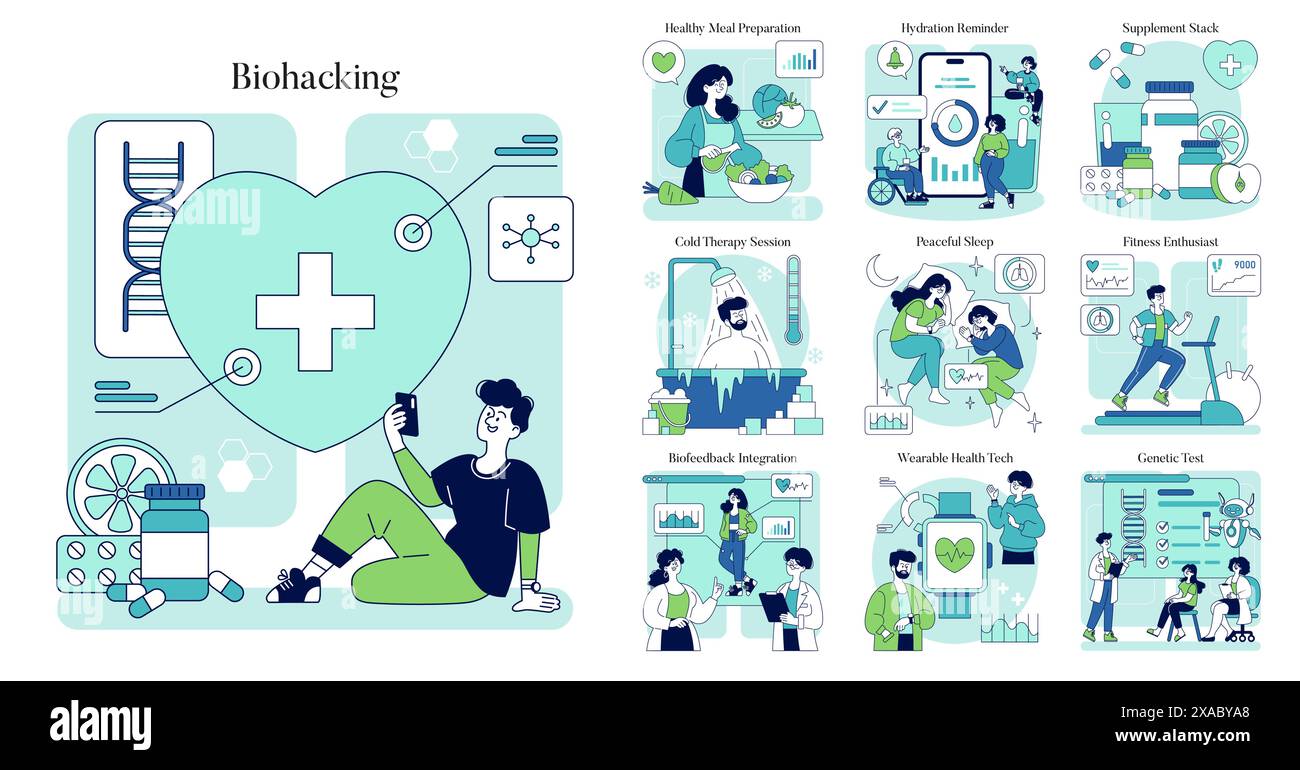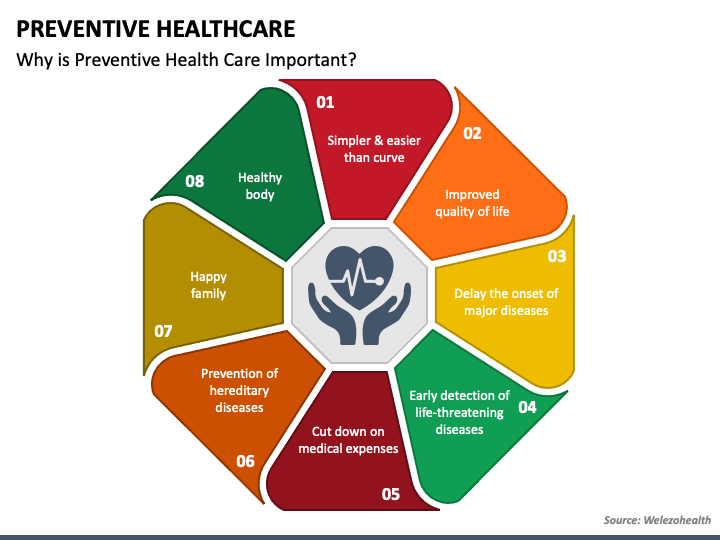Biohacking for Peak Performance

Biohacking & Personalized Health: A Deep Dive into Data-Driven Optimization
The term “biohacking” has been buzzing around for a while now, often evoking images of futuristic labs and extreme experiments. While some biohacking practices certainly fall into that category, the core concept is far more accessible – and increasingly relevant – to everyone interested in optimizing their health and performance. At its heart, biohacking is about taking control of your biology through intentional experimentation and leveraging data to understand what works best for *you*. It’s a shift from reactive healthcare (treating illness) to proactive wellness (preventing it and maximizing potential).
What Exactly is Biohacking?
Let’s break down the term. “Bio” refers to biology – your body, its systems, and how they function. “Hacking” in this context isn’t about malicious activity; it signifies experimentation, exploration, and finding creative solutions. Essentially, biohacking is applying a scientific mindset to personal wellbeing. It’s about asking questions like: “How can I improve my sleep?”, “What diet best fuels my energy levels?”, or “Can I sharpen my cognitive function?”
Biohacking isn’t a one-size-fits-all approach. It emphasizes personalization – the understanding that each individual’s biology is unique and responds differently to various interventions.
Different Levels of Biohacking
Biohacking exists on a spectrum, ranging from relatively simple lifestyle adjustments to more advanced (and potentially risky) techniques. Here’s a breakdown:
- Nutritional/Lifestyle Biohacking: This is the most accessible level and involves making deliberate changes to your diet, exercise routine, sleep schedule, and stress management practices. Think tracking your food intake with an app, experimenting with different workout routines (HIIT vs. steady-state cardio), or implementing mindfulness techniques for stress reduction.
- DIY Biology/Grinder Biohacking: This level involves more direct interventions, such as using devices to monitor physiological data (heart rate variability, sleep stages) and making adjustments based on the results. It can also include things like red light therapy, cold exposure (ice baths), or nasal breathing exercises. Some grinders even experiment with transdermal patches for nutrient delivery – but these should be approached with extreme caution and under professional guidance.
- Advanced Biohacking: This is where things get more complex and potentially risky. It might involve gene sequencing, hormone optimization (under strict medical supervision!), or experimental therapies. This level absolutely requires expert guidance and a thorough understanding of the potential risks involved.
The Power of Data: Personalizing Your Approach
A cornerstone of biohacking is data collection and analysis. Without data, you’re just guessing. Tracking your metrics allows you to identify patterns, understand how different factors impact your health, and optimize your interventions.

Key Metrics to Track (and How):
- Sleep: Utilize sleep trackers (wearable devices or apps) to monitor sleep duration, stages (deep, REM, light), and efficiency.
- Heart Rate Variability (HRV): A measure of the variation in time between heartbeats; higher HRV generally indicates better autonomic nervous system function and resilience to stress. Track using wearable devices like Oura Ring or Polar.
- Blood Glucose: Continuous glucose monitors (CGMs) are increasingly popular for biohackers, allowing real-time tracking of blood sugar levels throughout the day. This is particularly useful for optimizing diet and exercise strategies.
- Activity Levels: Track steps taken, calories burned, and workout intensity using fitness trackers or smartwatches.
- Nutrition: Log your food intake meticulously (using apps like MyFitnessPal) to monitor macronutrient ratios, micronutrient deficiencies, and overall dietary habits.
- Cognitive Performance: Consider cognitive tests (available online or through specialized platforms) to track changes in memory, attention, and processing speed.
Popular Biohacking Techniques & Strategies
Here are some popular biohacking techniques that many individuals explore:
- Intermittent Fasting: Cycling between periods of eating and fasting has been shown to offer various health benefits, including improved insulin sensitivity and cellular repair.
- Cold Exposure: Brief exposure to cold temperatures (cold showers or ice baths) can stimulate the sympathetic nervous system, boost metabolism, and potentially improve mood. Start slowly and listen to your body!
- Red Light Therapy: Exposing skin to red and near-infrared light has been linked to benefits like improved skin health, reduced inflammation, and enhanced muscle recovery.
- Nootropics (Cognitive Enhancers): While controversial, some individuals experiment with natural or synthetic compounds purported to enhance cognitive function. Research thoroughly and consult a healthcare professional before using any nootropics.
- Circadian Rhythm Optimization: Aligning your daily schedule with your body’s natural circadian rhythm through consistent sleep-wake cycles, light exposure (sunlight during the day, darkness at night), and meal timing can significantly impact overall health.
Safety & Ethical Considerations
Biohacking isn’t without risks. It’s crucial to approach it responsibly:
- Consult a Healthcare Professional: Before making any significant changes to your diet, exercise routine, or supplementation regimen, discuss them with your doctor.
- Start Slowly & Track Results: Don’t make too many changes at once. Implement one intervention at a time and carefully track the results.
- Prioritize Safety: Be aware of potential risks associated with any biohacking technique and take precautions to mitigate them. Some techniques, like DIY biology or advanced hormone optimization, carry significant risks if not approached correctly.
- Ethical Considerations: Be mindful of the ethical implications of your actions, especially when it comes to genetic testing or experimental therapies.
The Future of Biohacking & Personalized Health
Biohacking is rapidly evolving as technology advances and our understanding of human biology deepens. We can expect to see even more sophisticated tools and techniques emerge in the coming years, including:
- Advanced Genetic Testing: More accessible and affordable genetic testing will allow for greater personalization of diet and lifestyle recommendations.
- AI-Powered Health Coaching: Artificial intelligence will play a growing role in analyzing data and providing personalized guidance.
- Biomarker Panels: Comprehensive biomarker panels will provide deeper insights into an individual’s health status and potential areas for optimization.
Ultimately, biohacking isn’t about becoming a superhuman; it’s about understanding your body better, taking control of your health destiny, and optimizing your well-being through data-driven experimentation. It’s a journey of continuous learning and refinement – a personalized quest to unlock your full potential.



